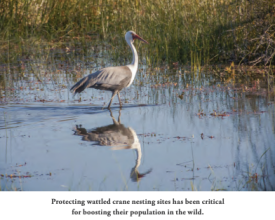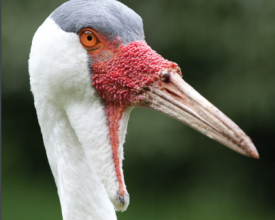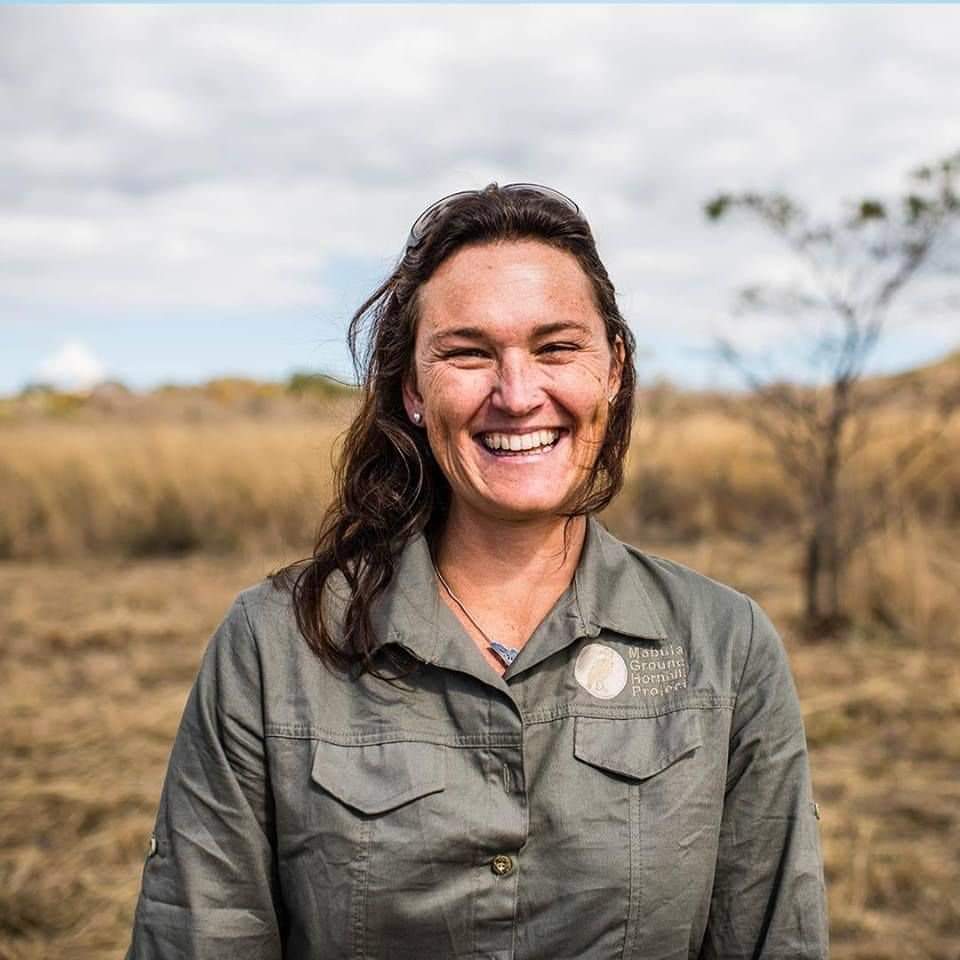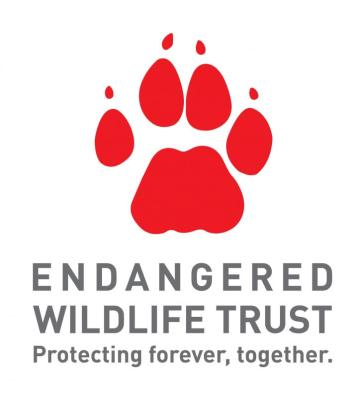
Moving Parts: Putting the Pieces Together to Conserve Wattled Cranes
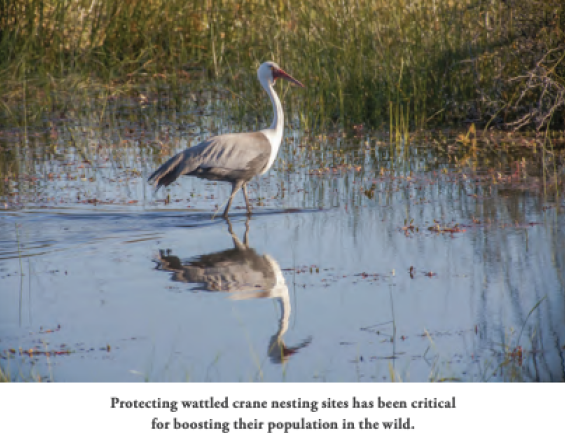
Wattled crane (Grus carunculate) populations began to suffer in the 1980s, when agriculture, industrialization, and overgrazing of domestic animals significantly reduced the cranes’ wetland habitat. Despite strong conservation efforts made by local partnerships, the once-widespread South African population of the species fell to just over 200 birds by the year 2000.
The Conservation Planning Specialist Group (CPSG) was invited in 2001 to lead a series of workshops and help to define a future direction for the specie. Participants agreed that the way to give wattled cranes their best chance at survival was to ensure no more of their breeding sites were lost, to raise public awareness of the cranes’ plight, and to study little-known aspects of crane biology, compiling what they learned in a place they could all access. And they clarified the purpose of the captive population—to provide a strong, healthy source of birds for reintroduction—which guided their short-term and long-term activities.
Impacts
CPSG helped stakeholders to combine and organize their data and establish a common understanding of the species’ situation. With this, they could jointly evaluate options, make decisions together, and maintain their momentum.
At the time of the workshop, the captive population was struggling along at just 9 birds; it has grown to 44 birds under the new plan. “The models CPSG created have been at the core of every decision we made for developing what has become a very strong captive population,” said Kerryn Morrison of the International Crane Foundation / Endangered Wildlife Trust partnership. The number of wild wattled cranes in South Africa has increased more than 60 percent since the workshop, to about 320. “Wattled cranes have seen a complete turnaround,” said Morrison. “So much that soon we will no longer need to consider supplementing the wild population with captive-raised birds. The work is far from over, but we’ve made good progress, and the plan we formed with CPSG’s guidance provided us with a solid foundation.”
